
FIRST IN A SERIES – Major career shifts are on the minds of many a chief business officer, as well as those who aspire to the C-level position. Confirmation of such imminent transition has been coming from several fronts. NACUBO’s 2013 National Profile of Higher Education Business Officers indicated that nearly 40 percent of respondents expected to retire from their positions within four years. Of this group, 6 percent planned to leave in 2013; 31 percent planned to leave by 2016. (See “Next-Generation Expectations” in the July/August 2013 Business Officer for an analysis of the 2013 CBO Profile.)
Underscoring the NACUBO CBO survey data are similar responses to a TIAA-CREF survey of business officers enrolled in the company’s Forum 2014 CBO Event in April. Among those findings: 60 percent of respondents indicated that they plan to leave their positions within five years. Those who intend to retire admit to having only sketchy ideas of what they’ll do with their time.
In a series of articles that will run through spring 2015, Business Officer delves into the when, why, and how of mentoring, succession planning, and retirement that will leave you and your institution in good hands.
When you leave your institution, perhaps to retire or to advance to a new and more challenging position, who will take your place? Will it be a trusted associate you have groomed to become a CBO someday? Or will your president and board opt to hire an external candidate with the requisite skills, perhaps someone who can bring in a fresh perspective and new way of doing things?
Much depends on your institution—its culture, its present and future needs, and its available talent pool—but you play a leading role as well. As the current CBO, are you willing and able to spend time and energy coaching your heir apparent? Is your ego strong enough to share the limelight with a subordinate? And can you develop a relationship with him or her that is based on professional respect, mutual trust, and crystal-clear transparency?
Although every transition is unique, these are the factors typically necessary to successfully mentor a successor, say those CBOs and their proteges who have experimented with the upwardly mobile progression. Along the way, these leaders have also mentored other staff and colleagues in an effort to populate the CBO pipeline overall.
This Heir Really Is Apparent
When Michael “Mike” Roy stepped down as vice president of finance and administration from Northern Michigan University (NMU), Marquette, in August 2007, no one was surprised when R. Gavin Leach effortlessly and seamlessly stepped into the vacated role.
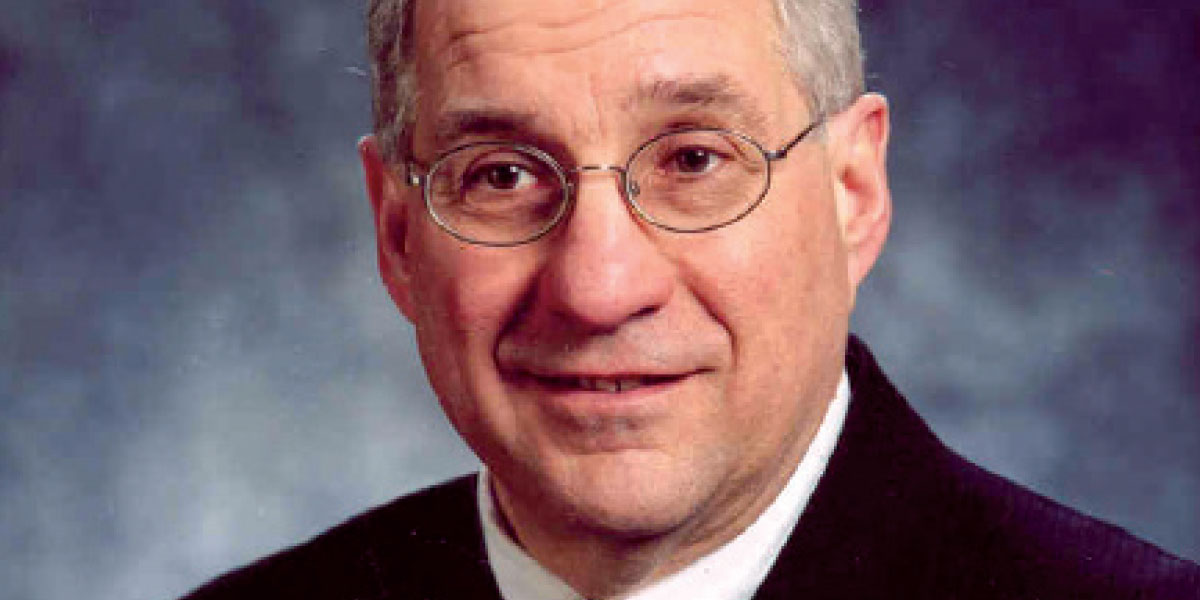
“I think people would have been shocked if Gavin had not been named the VP,” Roy recalls. “Gavin and I worked together for 14 years. Over that period of time, I kept assigning him more and more responsibility. He took projects and did an outstanding job. It was pretty much understood on campus that he was moving into the position.”
Not wanting to play favorites—or be perceived as doing so—Roy points out that his management style was to persuade all his employees to grow professionally. “One of the things I strived to do over the years was to provide opportunities to not only Gavin but also to all the people who reported directly to me,” he says. “I encouraged them to become involved in state and national organizations and attend their respective meetings.”
For example, at Roy’s suggestion, Leach ventured into the complex and politically charged arena of state relations. “I became involved in the legislative process, appropriations, and capital outlay for the university and represented the university at many meetings of the state capitol with the fiscal agencies, which provided additional opportunities for growth and expanded my skill set,” Leach says.
When NMU decided to replace its entire administrative system and all its modules, Roy asked Leach to lead the project. “That was a great challenge,” says Leach. “What the consultants said would take five years, we did in 18 months. We were able to bring people together from across the campus, set our goals, and drive toward those goals.”
In 2006, Roy approached the university president about his plans to retire in a year or so. After discussing with the board the soon-to-be-vacant position, the president opted to forgo a national search, accept Roy’s recommendation for his successor, and then keep Roy on as a special projects consultant for five years after the leadership transition.
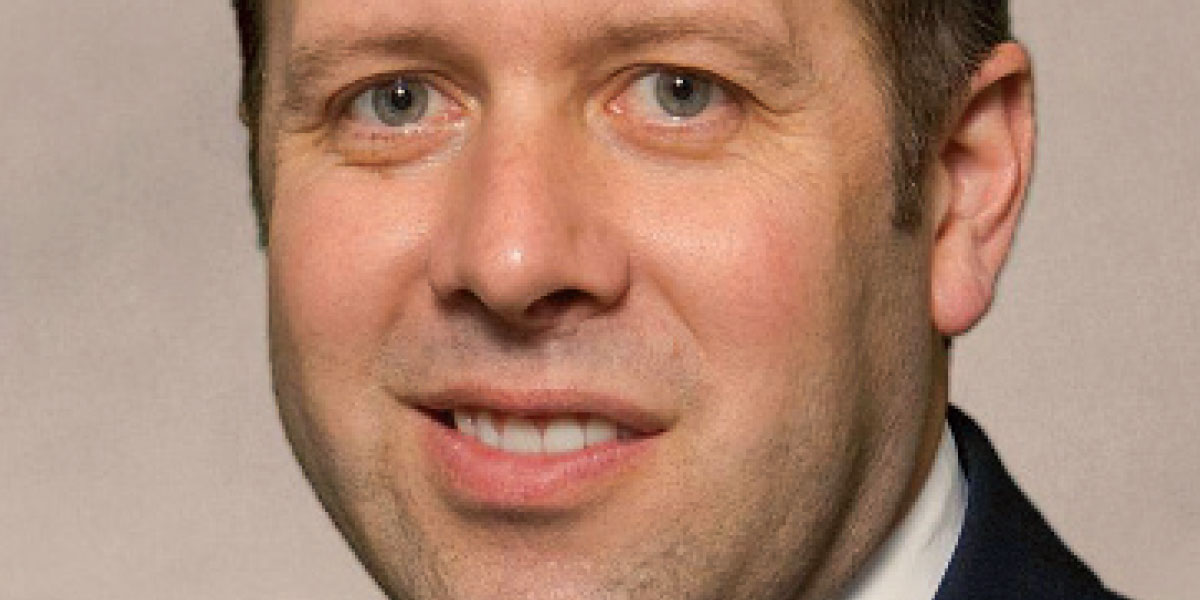
Although some newly hired CBOs might have felt threatened or intimidated by a 34-year veteran of the university sitting in an office nearby, Leach found his mentor’s presence beneficial. “We had a pretty streamlined staff, and we were doing a lot of major reviews on issues that could impact the university,” Leach says. “With his experience, Mike could provide a strategic analysis that was hugely beneficial.”
It helped that Roy made it known to colleagues that his new role was to act as a resource, not to make decisions. “I provided background information,” he says. “It wasn’t, ‘Should I do this or not do this?’ In no way did I say, ‘This is what you should do.’ In fact, for me, the difficult part of the transition was that I felt like I was out of it.”
No Search Necessary
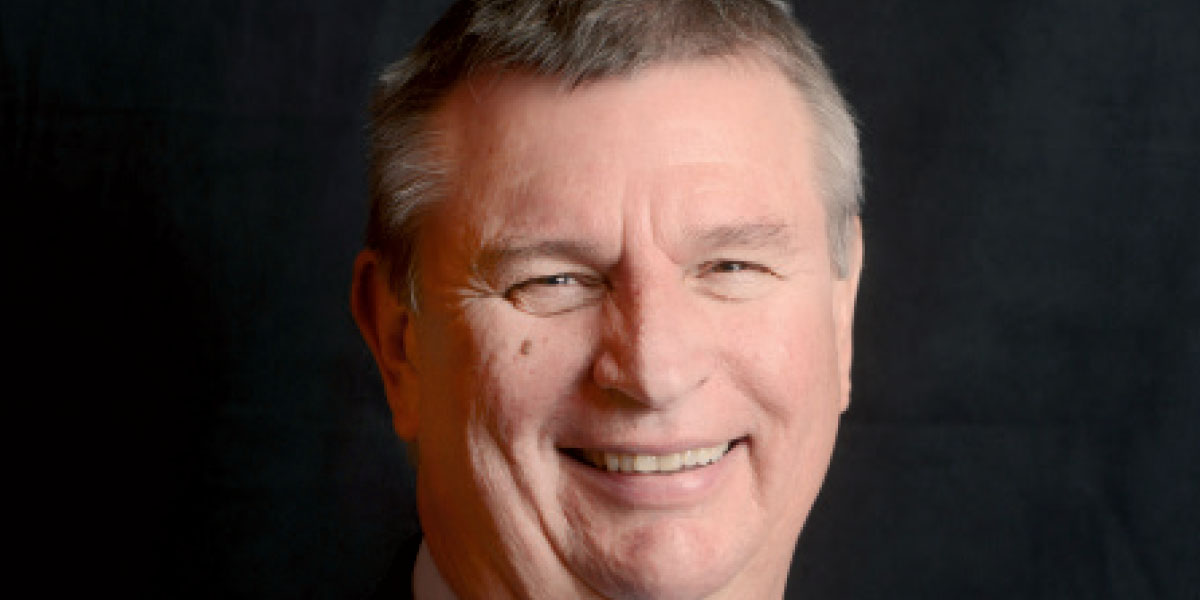
Another example of effective succession mentoring came about when Robert “Bob” Keasler Jr. chose to accept a challenging position at another institution. Early in his career, Keasler decided that every five years he would assess his current situation and explore his professional options. In 2012, after serving as senior vice president of operations and finance for 10 years at Wofford College in Spartanburg, South Carolina, Keasler chose to accept a position at Centre College in Danville, Kentucky.
Fortunately for Wofford, a private four-year undergraduate institution with 1,600 students, Keasler had been mentoring the associate vice president for finance, Barbara “Barbie” Jefferson, to assume a larger leadership role.
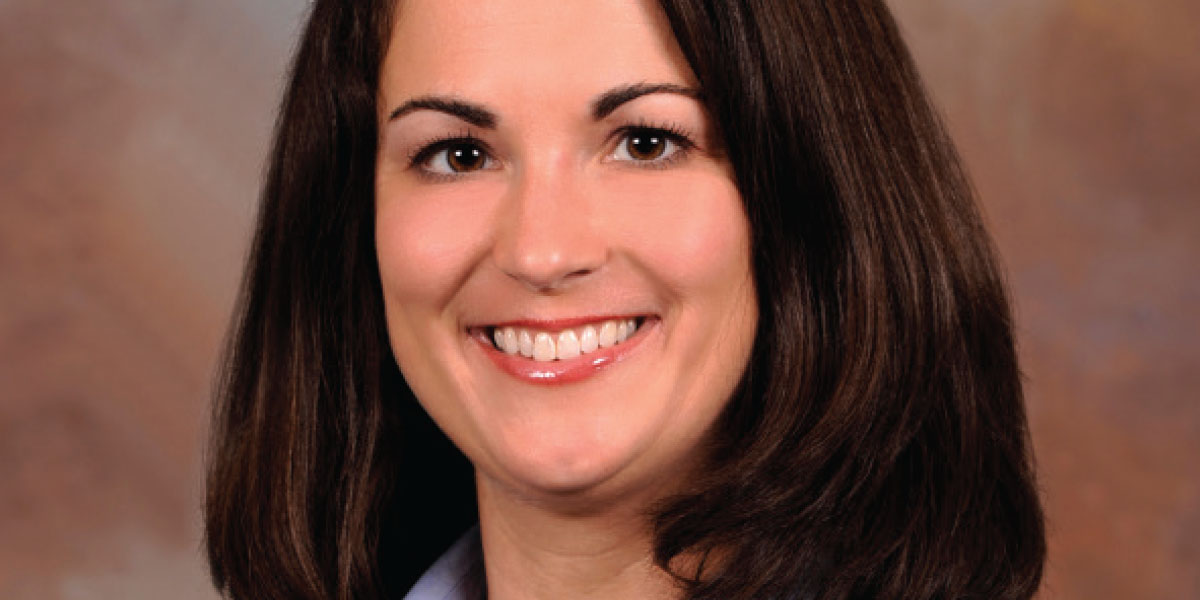
“Because of the breadth of my responsibility, I needed somebody to handle more than the tasks of the traditional controller, and Barbie could do that. She had the technical skills, as well as a great sense of judgment and integrity. When someone asked her a question, you could tell by her answer that she knew what she was talking about. Her answers were thoughtful and demonstrated that she understood the context of a private college.”
The pair forged a relaxed, informal mentoring relationship. “What I was looking for was a partner,” Keasler recalls. “That was the way we worked together, because that was the way we felt comfortable. It was easy for Barbie and me to sit down and talk about an issue or project. We had an open and easy-flowing conversation about a lot of things.”
When Keasler left for Centre College to take the position of vice president of finance and treasurer, he recommended Jefferson as his replacement. “I would like to say it was a brilliant assessment by me, but it wasn’t a real hard decision,” he says.
The president, who had been watching Jefferson’s progress during the two preceding years, asked Keasler, “Is she ready?” Keasler remembers responding with something like, “She would be fabulous. My only qualm is you’ll realize how smart she is and how much she has been doing while I have been here.”
Ultimately, deciding that a search was unnecessary, the president appointed Jefferson as the chief financial officer.
“One of the things that added to my ability to step in,” Jefferson says, “was Bob’s honesty with me throughout the mentoring process. I didn’t come in blind, trying to figure out all the political dynamics.”
Looking back, Keasler regrets that he didn’t involve Jefferson in more areas, such as the physical plant, for which she is now responsible. “Like everybody, most of what Barbie needed was experience. If I had it to do over again, I would have given her a couple of projects, from plan development to budget creation to project completion. The great thing about what chief business officers do is the breadth. That’s also the challenge.”
Jefferson, however, has no regrets about the process. “I wouldn’t change anything,” she says. “Bob was a very good mentor with an open-door policy. He shows concern about the next steps for the folks who work for him. He takes a selfless approach.”
“It’s Never a Done Deal”
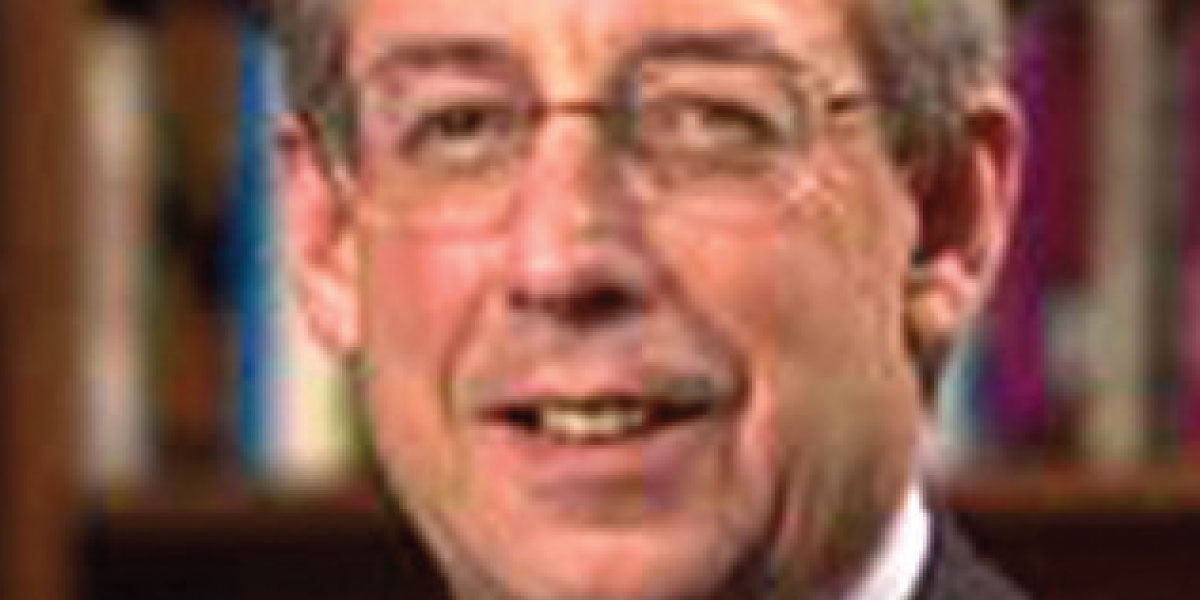
Despite these two easy transitions, not all internal succession plans proceed on the anticipated timeline—or proceed at all.
When Jim McGill retired as the executive vice president of finance and administration at the University of Missouri System, Columbia, the president conducted a search and eventually hired a replacement from the outside.
It wasn’t until three years later, when that executive left, that McGill’s protegee, Natalie “Nikki” Krawitz, was asked to step into the position of vice president for finance and administration, first as interim and then permanently.
“I recall very well my conversation with the then president, who called me for advice and asked, ‘What do you think I ought to do?’” McGill says. “I told him, ‘You have the right person on the staff already. You should just appoint her.’”
McGill, who is now retired, spent most of his administrative career seeking out the best and brightest employees and then helping them advance. He thought it was his duty—to them, to the universities he represented, and to the profession.
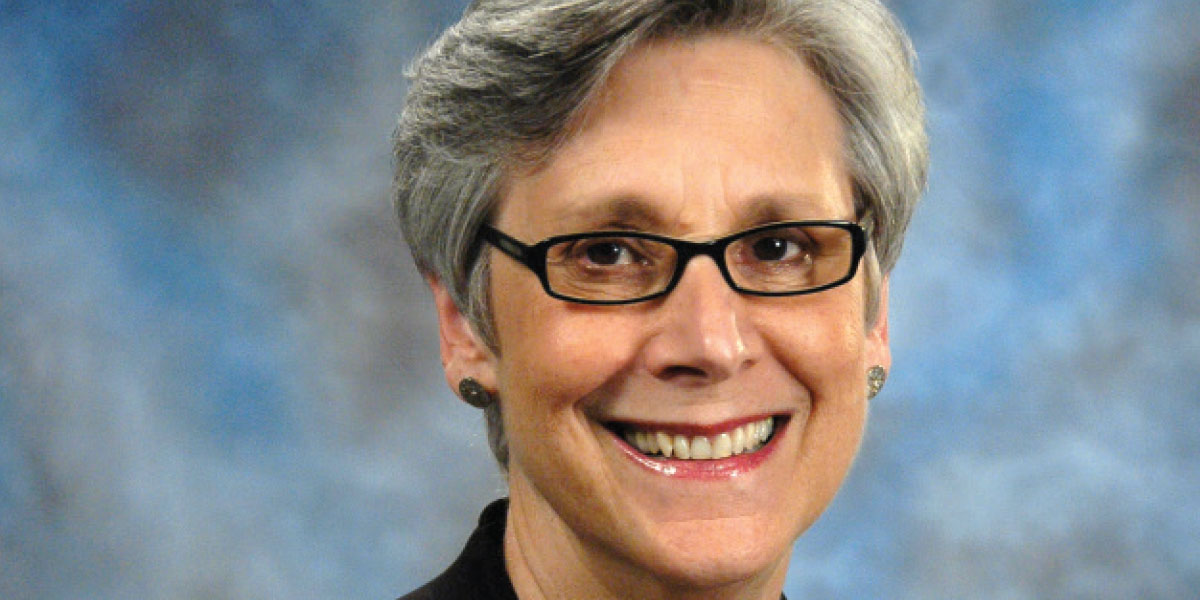
“It’s incumbent upon executives to think about the acquisition of talent and the growth of talent in the institution in which he or she serves,” he says. “The mind-set that lies behind a succession plan is identifying talented people who have the potential for doing more. It was clear in my association with Nikki that ‘Here is a talented person.’ I like to do whatever I can to help a talented person achieve career objectives.”
Nikki Krawitz, who recently retired herself, credits McGill for giving her two big opportunities. One was to act as his liaison to consultants hired to work on strategic planning for the university hospital’s health system. This special assignment allowed her to acquire proficiency in an entirely new field and broadened her base of understanding of the university operations.
“He also gave me the opportunity to work with consultants on administrative business process redesign and the selection of a new ERP [enterprise resource planning] system,” she says. “This gave me the chance to work with people in all four of our campuses and across the finance, student, and human resources functions. In a relatively short period of time, I was able to establish relationships with people on the campuses and within the health system. The opportunities Jim provided gave me a breadth of understanding of the university I could never have gotten otherwise.”
In her opinion, that’s what succession planning is all about—developing future leaders by providing opportunities to gain knowledge and experience.
“You can’t guarantee that someone’s going to move into your position,” she emphasizes. “That’s really the prerogative of the hiring officer. It’s never a done deal, and it probably shouldn’t be viewed that way. It’s not like at a corporation where the next person is being groomed, and the board is very aware of it. Higher education is a little more fluid than that.”
Look Elsewhere or Not?
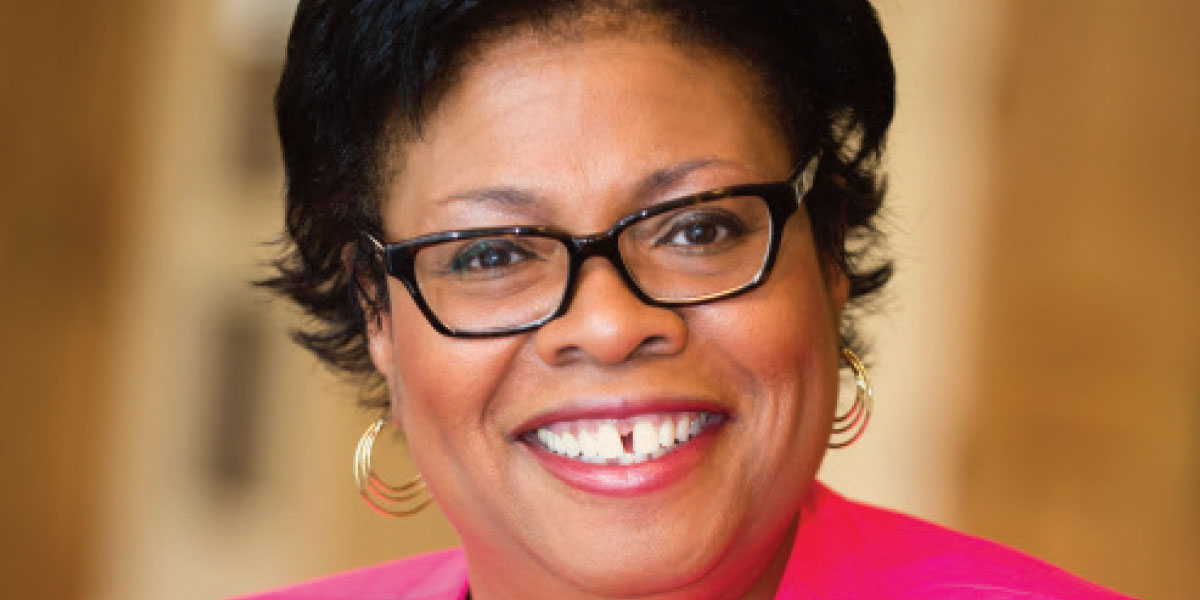
As seen in these succession examples, institutional culture, perceived skills of internal candidates, and other criteria have great influence on whether the institution’s president approves a promotion from within or deems a wider search necessary.
Dawn M. Rhodes, vice chancellor, finance and administration, Indiana University–Purdue University Indianapolis, believes a national search should be conducted for senior-level positions to ensure that the organization has an equitable hiring process and finds the best person for the job.
“Being an African American female, I look at it from a diversity standpoint,” she explains. “There are so few people of color holding the positions that would normally move into the CBO role. Look at the odds. If mentees are always ‘appointed’ to the CBO position, there will be little opportunity for professionals of color to move into the top spot. That’s why I think there should always be a search.”
Of course, the search decision is not always of the CBO’s making. For that reason and others, Nikki Krawitz cautions against mentoring an individual specifically to take your place. “Since you’re not the one making that decision, you can set unrealistic expectations,” she emphasizes.
McGill agrees, clarifying that you should not be mentoring a successor so much as mentoring talented people who might someday be ready to be a successor. “It is the president who will be making that decision. You can’t mentor to have a clear-cut successor. I’ve always tried to have people in my organization who could compete successfully against a broad crew that the hiring officer might bring in for consideration.”
In his extensive experience in higher education executive recruitment, Oscar Page, a search consultant with AGB Search, has seen many a scenario. “At times,” he notes, “even board members become more involved in the CBO search. For example, during presidential transitions, the exiting president and the board must decide on the status of the search. If they decide to continue, the board leadership plays a significant role in recruitment. If a new president is arriving, he or she will certainly consult with the board, get up to speed, and then keep members informed as the process unfolds.” (See sidebar, “The Value of External Vetting,” for criteria to help determine whether to engage a search firm or stick with an internal candidate.)
Succession Mentoring Advice
In all these relationships, the mentors didn’t delegate only the jobs they didn’t like. Rather, they assessed which experiences would most benefit their proteges and then gave them the encouragement and support to succeed. For example, Mike Roy, who enjoyed interacting with the board, knew he had to give up face time with trustees so they could get to know and feel comfortable with the capabilities of his handpicked potential successor.
Daniel Rodas, vice president of the national executive search firm Isaacson, Miller, suggests that CBOs also involve other decision makers in the process. Based on experiences in his current role, as well as a 25-year career in higher education administration, Rodas concludes: “If the CBO wants to mentor an associate vice president to become his or her successor, ideally there should be succession mentoring that includes the president, provost, and others with whom the CBO will interact one day if appointed to the role.”
Other advice includes:
- Fill in the blanks. In addition to focusing on the strengths the individual brings to a future role, you also want to close any gaps in knowledge. “Good succession mentoring exposes an individual to a variety of experiences that will lead to the conclusion that this individual is fully qualified and ready for the role,” Rodas says. “Sometimes a controller hasn’t had experience with capital projects or securing funding for those projects. It’s important to look for ways to provide those kinds of formative experiences so there isn’t a major gap or hole.”
- Limit the number of your mentees. Dawn Rhodes makes it her personal policy to mentor no more than three people at any one time. Her optimum number is two, which allows her to focus on the individuals and their career aspirations. “You can spread yourself too thin,” she says, “unless your institution has developed a formal mentoring process with support systems in place.”
- Keep staff engaged. One of the challenges for an institution with a relatively small staff, Gavin Leach explains, is that you run the risk of developing somebody who gets really good—and then takes that talent somewhere else.
“It makes it difficult when you have a lean organization and administrative structure.” His suggestion: Keep employees engaged and involved in continued growth and provide them with opportunities to learn new skills within the institution. “That helps create an environment that encourages them to stay and continue to grow within their existing job,” he says.
- Determine individual goals. Ask your staff members what direction they would like their careers to take. Believe it or not, not everyone dreams of becoming a CBO. “Make sure what you think the individual wants is actually what he or she does want,” Mike Roy insists. “Over the years, I thought certain people might have an interest in moving up within the organization, but they were quite happy in their current roles.”
- Know thyself. Roy cautions that CBOs must have self-confidence in their abilities to effectively mentor subordinates. “If you are insecure about your position, you might worry that you could put yourself out of job by building up a strong bench.”
- Practice transparency. Be open about your intentions. For example, if you are grooming multiple individuals, Roy suggests you might say, “Hey, I’m looking at all of you. I’m trying to provide all of you with career opportunities and groom you to be leaders, either here or somewhere else.”
- Opt for diversity in the mentor/mentee relationship. Rhodes recommends that subordinates in search of a mentor adopt a color-blind and gender-blind attitude. She explains that her mentor at the University of Toledo was a white male. “It’s important that if you’re a person of color, you don’t always have mentors who are people of color; or if you’re a female, that you don’t seek only female mentors. You need guidance and counsel from people across the spectrum.”
A critical key to effective mentor-ship and succession planning, says Bob Keasler, is developing a solid, trusting relationship. “Barbie and I worked together and were good friends, and we trusted each other completely. We were both willing to talk and listen, and we didn’t bring ego to what we were trying to do. I’ve never had a working relationship as good. She’s a tough act to follow.”
MARGO VANOVER PORTER, Locust Grove, Virginia, covers higher education business issues for Business Officer.



